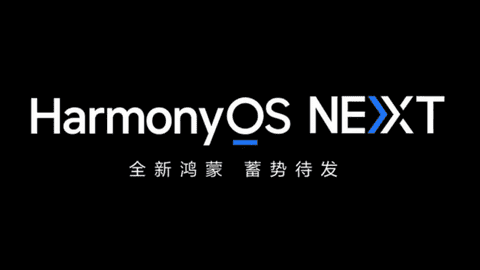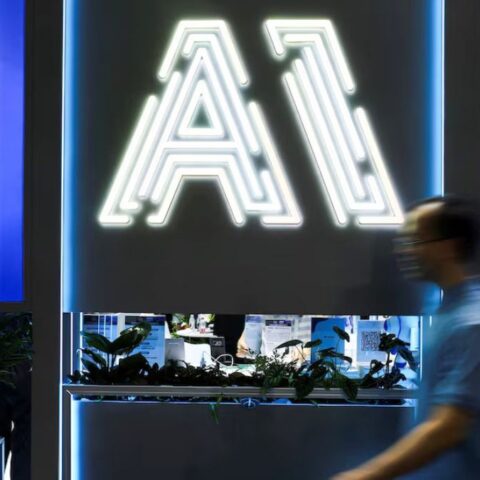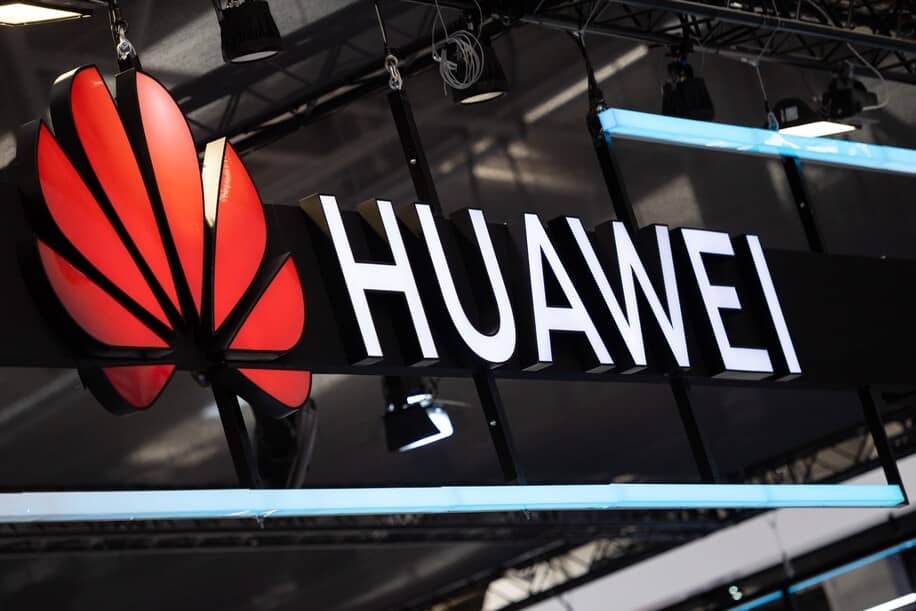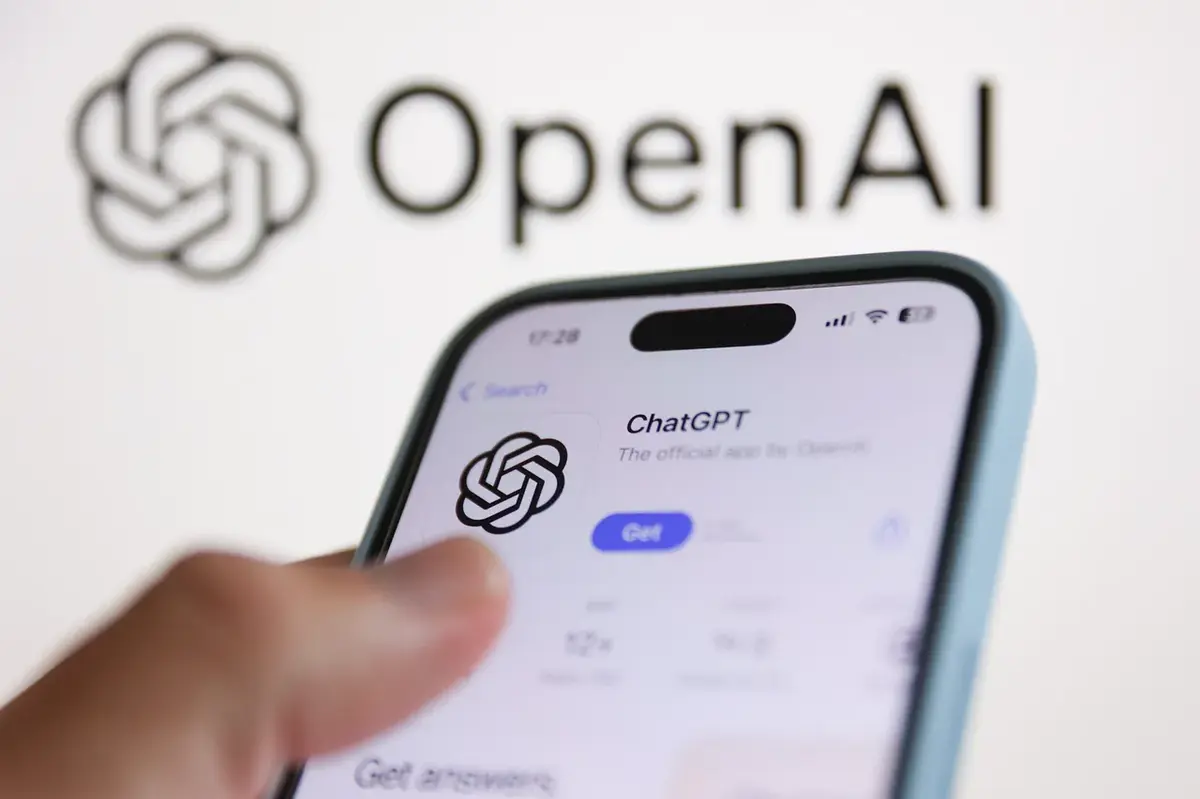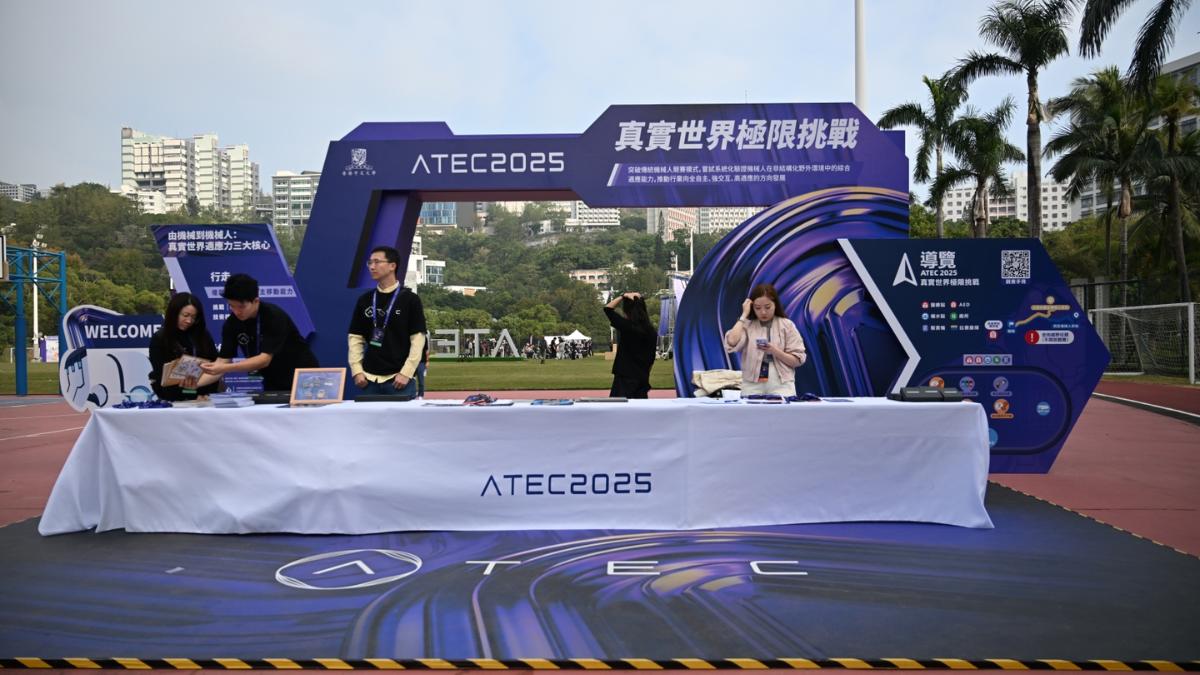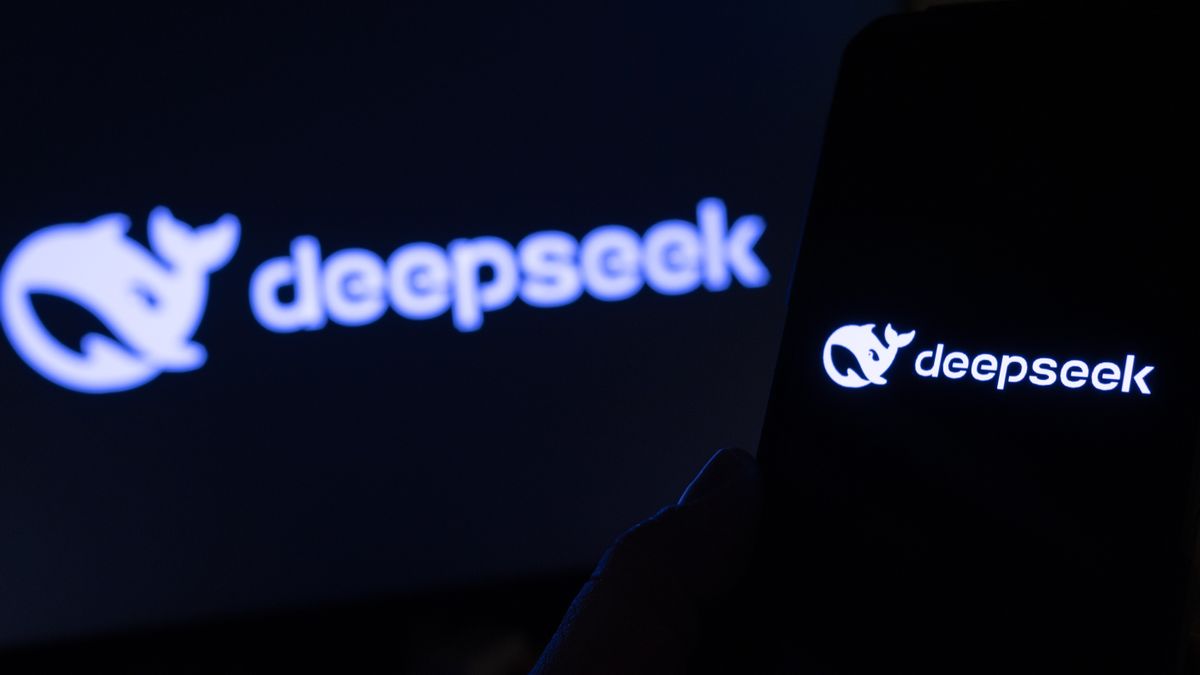Huawei, the Chinese tech giant, is set to shake up the desktop operating system market with its upcoming HarmonyOS Next.
This Android-free variant of its proprietary HarmonyOS is expected to launch on PCs before the end of 2024, offering a sleek macOS-inspired interface and a fresh alternative to Windows and macOS.
Ditching Android, Embracing Independence
HarmonyOS Next marks a significant step towards Huawei’s complete independence from US-based software. Unlike previous versions, it abandons the Android Open Source Project (AOSP) libraries and .apk file support, instead opting for its own microkernel and native App format.
This move aims to create a self-sufficient ecosystem of applications tailored specifically for HarmonyOS Next.
Challenging the Status Quo
Leaked images suggest that HarmonyOS Next for PC will feature a familiar layout, with a status bar, dock bar, and overall aesthetic reminiscent of macOS. This design choice could appeal to users seeking a fresh alternative to the Windows 11 interface.
However, Huawei faces an uphill battle in regions outside of China, where concerns over surveillance and the lack of a robust app ecosystem may hinder adoption.
Opportunities and Challenges
The introduction of HarmonyOS Next has already sparked a surge in job opportunities for skilled developers in China, with major tech companies offering competitive salaries to attract talent.
However, building a thriving app ecosystem from scratch will be a significant challenge for Huawei, as developers will need to create native HarmonyOS Next apps.
The Road Ahead
As Huawei prepares to launch HarmonyOS Next for PCs, the tech world eagerly awaits to see if this ambitious project can disrupt the desktop operating system market.
While the company’s expertise in mobile operating systems provides a solid foundation, the success of HarmonyOS Next will ultimately depend on its ability to attract developers and users alike in the face of established competitors and global concerns.

